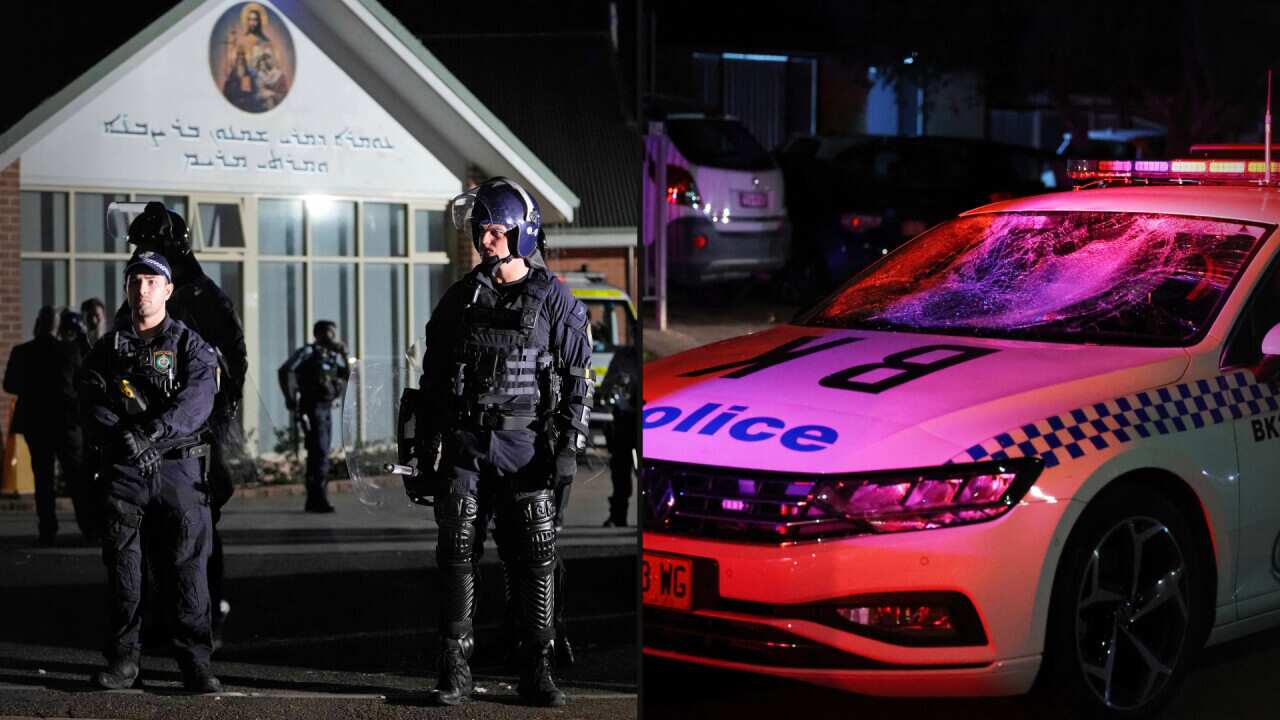The technology, adapted from NASA's rovers on Mars, will transform how the American navy operates and is sure to raise fresh questions and concerns about the widening role of robots in warfare.
The Office of Naval Research on Sunday released the results of what it called an unprecedented demonstration in August involving 13 robotic patrol craft escorting a ship along the James River in Virginia.
In a simulated scenario, five of the robotic patrol boats guarded a larger ship, while eight others were ordered to investigate a suspicious vessel.
The unmanned patrol boats then encircled and swarmed the "target," enabling the mother ship to move safely through the area.
The demonstration, conducted over two weeks, was designed to "replicate a transit through a strait," naval research chief Rear Admiral Matthew Klunder told reporters in a recent briefing.
"It could be the straits of Malacca, it could be the straits of Hormuz."
The demonstration was a "breakthrough" that goes far beyond any previous experiment, he said, adding that similar robotic patrol craft likely will be escorting US naval ships within a year.
The patrol craft, 11-metre long vessels known in the military as rigid hulled inflatable boats, are usually operated by three or four sailors. But outfitted with the robotic system, a single sailor could oversee up to 20 of the vessels.
There were no shots fired in the demonstration but Klunder said the robotic craft can be outfitted with non-lethal equipment, such as lights and blaring sound, as well as 50-calibre machine guns.
And the vessels could fire on an enemy ship if ordered to do so by a sailor.
"We have every intention to use those unmanned systems to engage a threat," the admiral said. "There is always a human in the loop of that designation of the target and if so, the destruction of the target."
"There is always a human in the loop of that designation of the target and if so, the destruction of the target."

Four unmanned remotely operated high-speed maneuvering surface targets move to their blocking positions during a demonstration of autonomous swarmboat technology. (AFP)
For the demonstration, researchers had fail-safe systems in place to avoid any mishaps.
If communications with the patrol craft broke off, the vessels would go "dead in the water," said program manager Robert Brizzolara.
And if the boats malfunctioned in some way, there were two separate communications links that could be used to halt the vessel.
Unlike drone aircraft, such as the famed Predator and Reaper planes, the robotic boats are more autonomous and can carry out directions without having to be operated by a human at every step.
"The excitement about this technology is it is autonomous," Klunder said.
"So we're not talking about people having to drive with toggle switches."
The boats move in sync with other unmanned vessels, selecting the best route while sensing obstacles.
The US military sees the innovation as saving sailors' lives and strengthening the navy's edge.
But sceptics have warned of the dangers from the spread of armed robots - without sufficient rules and debate about their use.
The technology, which the navy has dubbed CARACaS, or Control Architecture for Robotic Agent Command and Sensing, is "very low-cost" and can be installed easily on the patrol boats or other ships, Klunder said.
"We're talking thousands (of dollars). We're not talking millions to adapt what we already have - existing craft in our fleet," he added.
"So we're not going out and buying new patrol craft."
Evoking images from science fiction with fleets of robots waging war, Klunder said the system could eventually be installed on larger naval ships.
And the robotic patrol craft could be used to transport teams of special operation forces, which already use the manned version of the boats.
Other government agencies and private firms are also taking a keen look at the unmanned boats.









